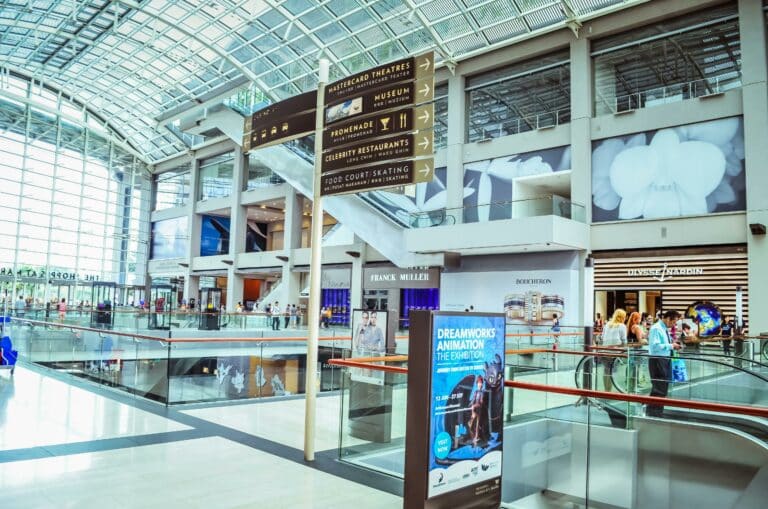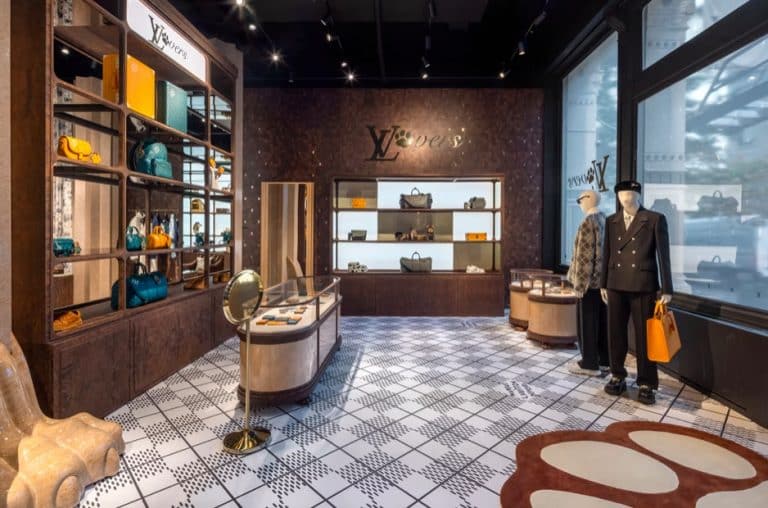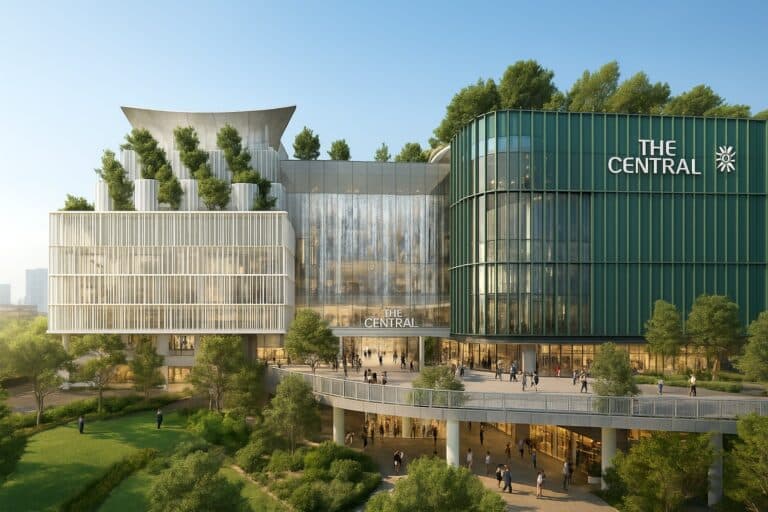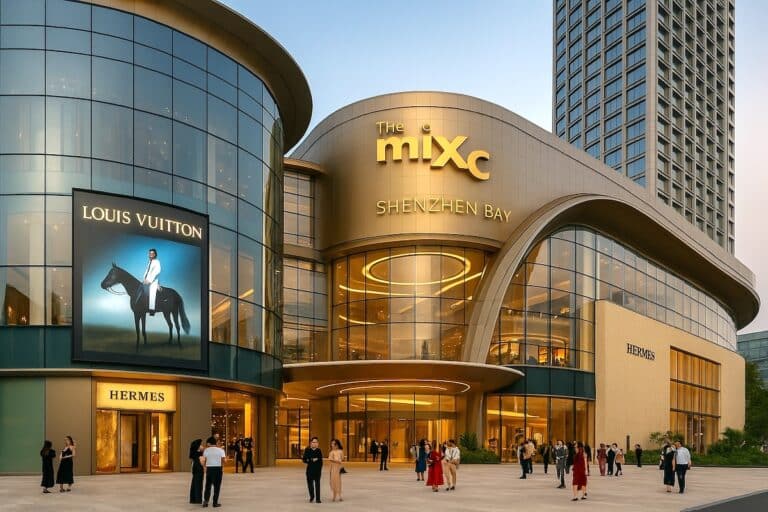A current retail storyline is that the days of regional malls are numbered. The assumptions underlying this narrative are that all purchases are moving online, retailers are going bankrupt, and millennials have rejected the suburban mall and the lifestyle it represents. While there is some truth to each of these assumptions, statistics on malls tell […]
A current retail storyline is that the days of regional malls are numbered. The assumptions underlying this narrative are that all purchases are moving online, retailers are going bankrupt, and millennials have rejected the suburban mall and the lifestyle it represents. While there is some truth to each of these assumptions, statistics on malls tell a somewhat different story. Furthermore, when malls are reconsidered and repurposed for other uses, their value may far exceed their use as conventional retail space.
In traditional terms, the regional mall is de ned as a complex containing a group of retailers with interconnected walkways, either interior or exterior, and parking for patrons. Malls began to compete with “Main Street” in the middle of the 20th century and grew in popularity as the population migrated from the cities to the suburbs. Through the decades, malls have faced both periods of enormous success as well as a variety of social and economic challenges.
Despite the growing number of stories that focus on malls’ demise, regional malls have had positive net absorption since 2010 (the only blip in absorption was in 2009 at the height of the recession). At the end of 2016, occupancy across the U.S. was 95%, equating to 848 million square feet of space. Store closures have increased, but for the most part, malls have rolled with the punches, finding new tenants or alternative uses.

Although visits to malls dropped year-over-year in December, this did not stop the industry from showing great general performance in…

Louis Vuitton opens dog-friendly 'Dog LVERS' pop-up in NYC's Soho.

Central Pattana unveils The Central, a new US$575m mall in Bangkok’s fast-growing northern district with a planned opening in late…

Singles’ Day 2025 breaks new global records with $150B+ in sales. Discover the top categories, data insights, and retail trends…

MixC Shenzhen Bay opens in Shenzhen’s Nanshan district, blending luxury retail, art, and lifestyle into one destination, redefining the Asian…

From Nike’s storytelling to IKEA’s precision and Glossier’s human tone—the best retail press releases don’t just announce, they connect.